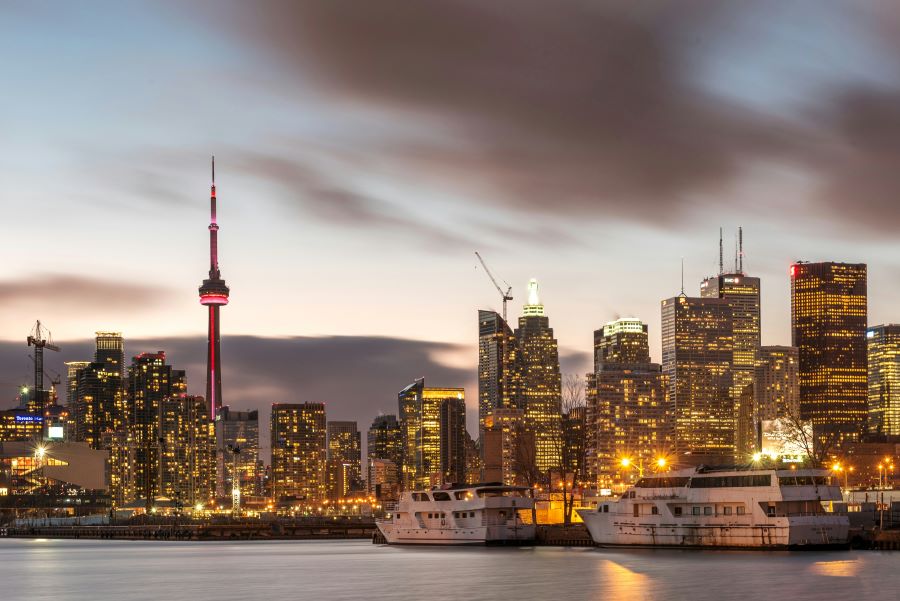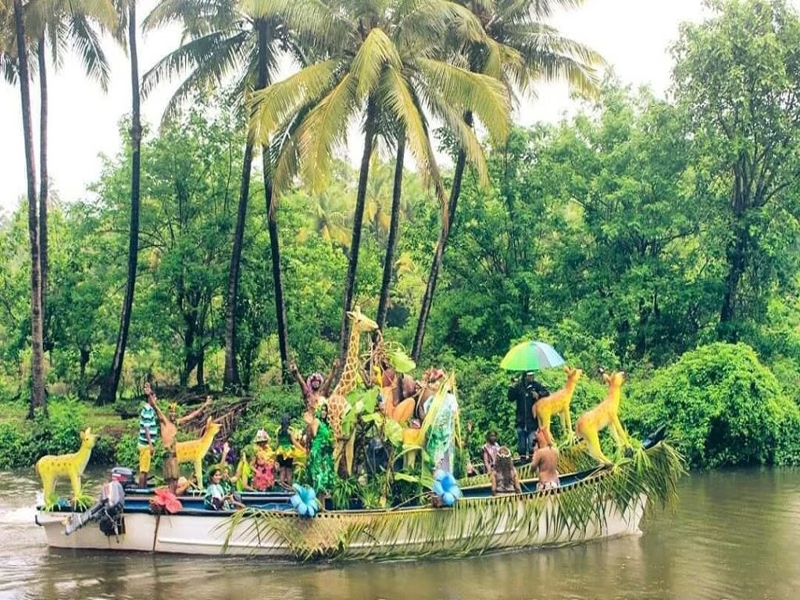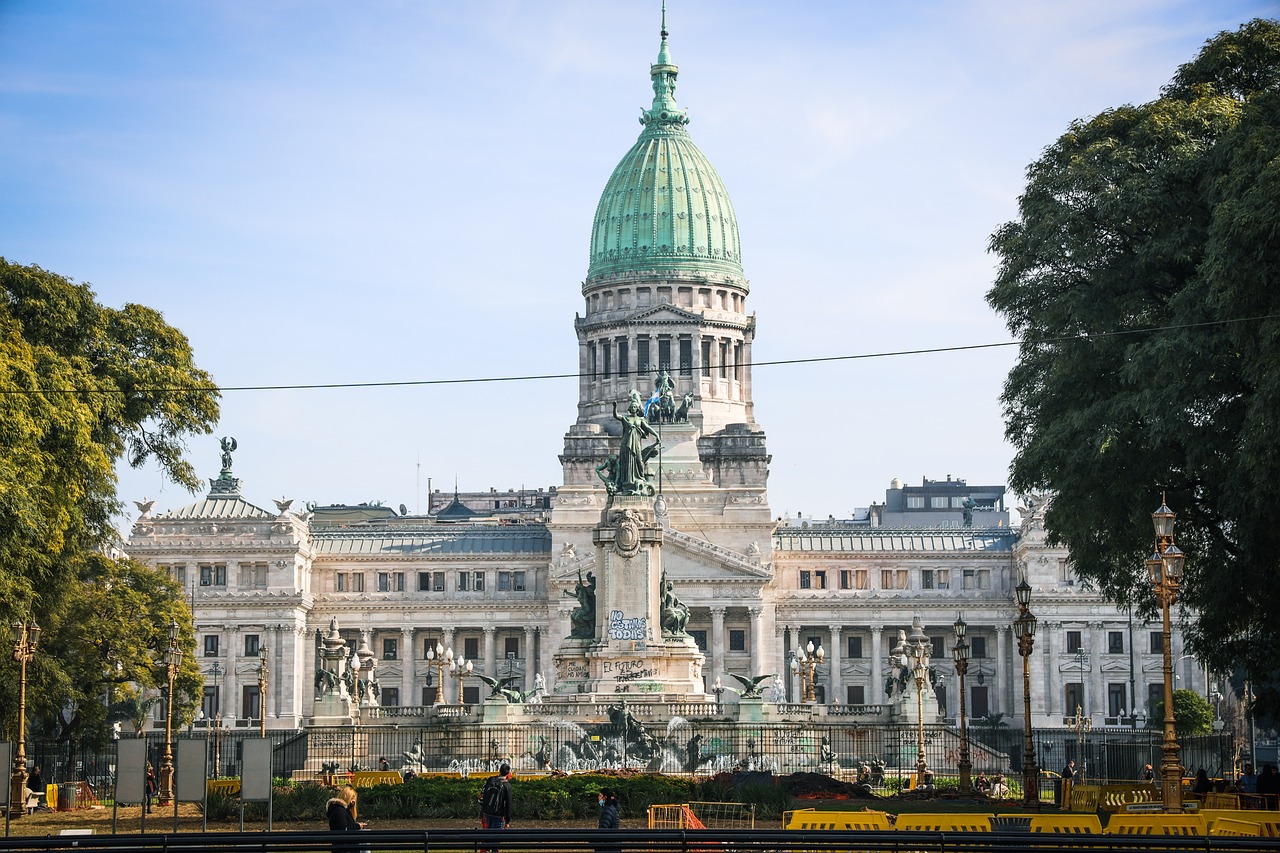Stay connected with Airtel’s international roaming plans as you explore the Philippines’ must-visit spots, ensuring seamless communication while discovering the country’s stunning beaches, vibrant culture, and unique natural wonders.
Buy International Roaming Pack
The Philippines is a vast archipelago of over 7,000 islands, each with its own unique charm. It’s a place where powdery white sand beaches meet towering volcanoes, where bustling cities coexist with serene countryside, and where history and culture intertwine at every turn. With so much to see and do, planning a trip to the Philippines can be overwhelming. That’s why we’ve put together this essential guide to the top 20 places to visit in Philippines.
1. Palawan Island
Palawan is often called “the last frontier” of the Philippines. This slender island stretches from Mindoro in the northeast to Borneo in the southwest. A few of the must-visit spots here include:
-
Puerto Princesa Subterranean River National Park: This UNESCO World Heritage site features an 8.2km underground river that winds through a cave system.
-
El Nido: Towering limestone cliffs, crystal-clear lagoons, and pristine beaches make El Nido one of Palawan’s top draws.
-
Coron: Coron is known for its WWII-era wreck diving, limestone karst landscapes, and crystal-clear lakes.
2. Boracay Island
Boracay’s claim to fame is its stunning White Beach – a 4km stretch of powdery, white sand and shallow azure water ideal for swimming and sunbathing. But there’s more to this tiny 10.32 sq km island:
-
Diniwid Beach: Just north of White Beach, this is a quieter stretch with the same soft, white sand.
-
Puka Shell Beach: This beach on the northern tip of the island is famous for its abundance of puka shells.
-
Mount Luho: The highest point on the island offers panoramic views over the beaches and surrounding islands.
3. Cebu Island
The most densely populated island in the Philippines, Cebu packs plenty of natural and cultural attractions:
-
Magellan’s Cross: Planted by Ferdinand Magellan in 1521, this cross marks the spot where Christianity first took root in the Philippines.
-
Kawasan Falls: These multi-tiered waterfalls in the south of Cebu Island are a popular spot for canyoneering and cliff jumping.
-
Moalboal: This laid-back beach town is known for its spectacular scuba diving, with reefs just a few meters offshore.
4. Bohol Island
The tenth largest island in the Philippines, Bohol is a diverse destination known for unique landscapes and tiny primates:
-
Chocolate Hills: This surreal landscape features at least 1,260 uniform, dome-shaped hills that turn brown in the dry season, resembling chocolate mounds.
-
Philippine Tarsier Sanctuary: See one of the world’s smallest primates in its natural habitat at this sanctuary in Corella.
-
Panglao Island: Just southwest of Bohol, this island boasts some of the best beaches in the country, including Alona Beach.
5. Siargao Island
This teardrop-shaped island off the coast of Mindanao is known as the surfing capital of the Philippines. Some highlights include:
-
Cloud 9: This legendary barreling wave draws surfers from around the globe and hosts international surf competitions.
-
Sugba Lagoon: Surrounded by mangrove forests, this serene lagoon is a perfect spot for stand-up paddleboarding and kayaking.
-
Magpupungko Rock Pools: These natural rock pools are only accessible during low tide and make for a refreshing dip.
Top 5 Manila Tourist Spots
As the capital city and main gateway to the Philippines, Manila should definitely be on your itinerary. Here are the top 5 Manila tourist spots:
-
Intramuros: The historic walled city from Spanish colonial times. Don’t miss Fort Santiago, Manila Cathedral, and San Agustin Church.
-
Rizal Park: Also known as Luneta Park, this is where the national hero Dr. Jose Rizal was executed in 1896. Today, it’s a popular urban green space.
-
National Museum Complex: This includes the National Museum of Fine Arts, the National Museum of Anthropology, the National Museum of Natural History, and the National Planetarium.
-
Binondo: Established in 1594, this is the oldest Chinatown in the world and a great place to sample Chinese-Filipino cuisine.
-
Manila Baywalk: Stroll along this 2km stretch of the Manila Bay coastline, especially at sunset.
Best Time to Visit the Philippines
The Philippines has two seasons – the dry season from November to April and the wet season from May to October. The best time to visit depends on your Philippines itinerary:
-
Dec-Feb: This is peak tourist season, with cooler temperatures and little rainfall. Ideal if you’re heading to the beach.
-
Mar-May: Temperatures and humidity rise, but it’s a good time to visit the rice terraces and mountain destinations. April is the peak domestic travel season around Easter.
-
Jun-Oct: This is typhoon season, with frequent heavy rains. It’s the low season, so you’ll find fewer crowds and lower prices. The rains are less severe from June to August.
Philippines Travel Tips
Here are a few essential Philippines travel tips to keep in mind:
-
Philippines sim card for tourists: It’s a good idea to get a local prepaid SIM card on arrival for cheap data and calls. Globe and Smart are the main providers.
-
Language: Filipino and English are the official languages. Many Filipinos speak excellent English, so communication is rarely an issue.
-
Currency: The Philippine Peso (PHP) is the official currency. ATMs are widely available in cities and tourist areas. Carry some cash for small purchases and remote areas.
-
Visa: Most nationalities can enter the Philippines without a visa for stays up to 30 days. Check the latest requirements before your trip.
-
Safety: The Philippines is generally a safe country to visit. As with any destination, be aware of your surroundings and take precautions with your valuables.
Getting Around the Philippines
The main ways to get around the Philippines are:
-
Flights: With 7,107 islands, the easiest way to get around is by plane. Several budget airlines like Cebu Pacific and AirAsia connect the major islands.
-
Ferries: For shorter hops between islands, ferries are a scenic option. Book in advance for popular routes.
-
Buses: Long-distance buses are the main form of public transport on the larger islands. They’re cheap but can be crowded and uncomfortable.
-
Jeepneys: These colourful, stretched jeeps are a classic Filipino mode of transport for short distances within cities and towns.
Stay Connected with Airtel’s Postpaid International Roaming Plans in the Philippines
From the white sand beaches of Boracay to the vibrant streets of Manila, the Philippines offers an incredible diversity of experiences. Whether you’re an adrenaline junkie chasing the waves in Siargao, a history buff exploring centuries-old churches, or a nature lover spotting tarsiers in Bohol, this country has something for everyone.
One essential item for your Philippines packing list is a reliable international roaming plan. With Airtel’s Postpaid international roaming packs, you can stay connected wherever your Philippine adventures take you. These packs offer generous data allowances and calling minutes, so you can book those domestic flights, reserve island-hopping tours, and stay in touch with loved ones back home – all without worrying about excessive roaming charges.
The Philippines is a destination that will captivate you with its warmth – the warmth of its sun-kissed beaches, the warmth of its smiling people, and the warmth of its diverse cultural embrace. It’s a place you’ll want to return to again and again. So what are you waiting for? Start planning your Philippine adventure today.



